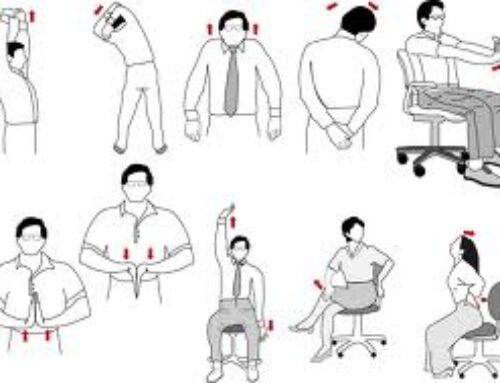 Nothing is quite as disheartening as hitting a plateau on your weight loss journey. The first thing you need to realize is that this occurrence is exceptionally common. In fact, most people who are working to lose weight or regain health will stall in their progress at some point. The second thing you should note is that there are a number of reasons that weight loss can stall. We’ll give you a few of the most common reasons, along with a few ideas for revitalizing your progress.
Nothing is quite as disheartening as hitting a plateau on your weight loss journey. The first thing you need to realize is that this occurrence is exceptionally common. In fact, most people who are working to lose weight or regain health will stall in their progress at some point. The second thing you should note is that there are a number of reasons that weight loss can stall. We’ll give you a few of the most common reasons, along with a few ideas for revitalizing your progress.
Why Has My Weight Loss Stalled?
When most people start a weight loss regimen, they see results at the beginning, but then the weight loss slows down. While this can be really frustrating, there are a lot of reasons your body might plateau and none of them should dissuade you from living the healthiest lifestyle possible.
Many dieters start out strictly observing what they eat and how much they exercise. However, when you’re trying to lose a large amount of weight, it’s a long term lifestyle change and many people will start to pay less attention to the amount of work they put into dieting. The first thing you’ll want to do if you’ve hit a stalling point is pay strict attention to exactly what you’re eating and when you exercise for a number of days, to see if you need to tweak your schedule.
Reducing Calories. The amount of calories you take in when you start a diet will change as you lose weight. If you’re still sticking with the same calorie intake as you started with, you’ll stop losing because you’re actually taking in enough to maintain that set weight. If you reduce more or add more activities to your workout, the weight will likely start to go down again. Curious how many calories you should be eating? Click here to find out.
Muscle loss. As you lose weight, you’ll also likely lose muscle, which will lower your metabolism. The best way to combat this is by adding muscle building exercises to your routine.
What can I do?
What can I do?
To help you overcome those plateaus, here’s 8 things you can do:
- Monitor body fat, not just scale weight
- Recalculate your calorie requirements
- Get meticulous with your diet
- Check your exercise routine / activity levels
- Change up your cardio exercise and intensity
- Add in resistance and weight training
- Kick start your metabolism: Eat More
- Eat more frequently.
![]()




Leave A Comment